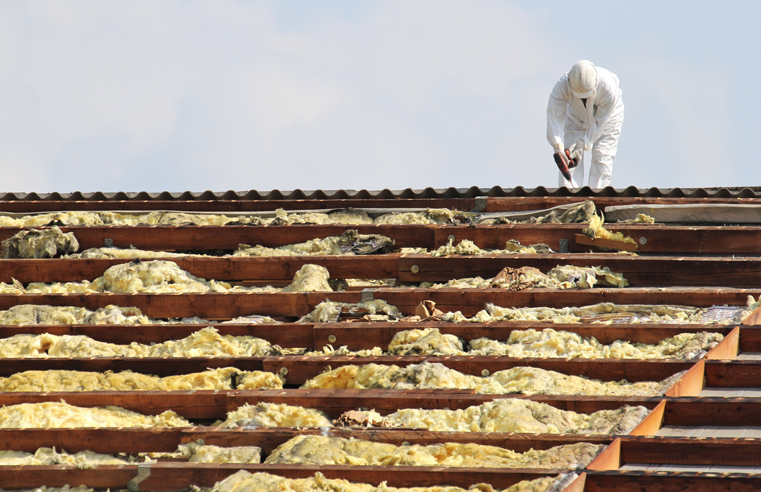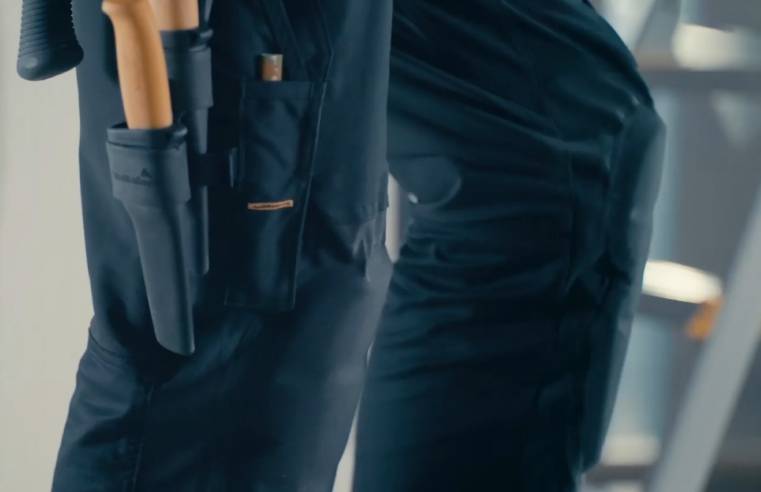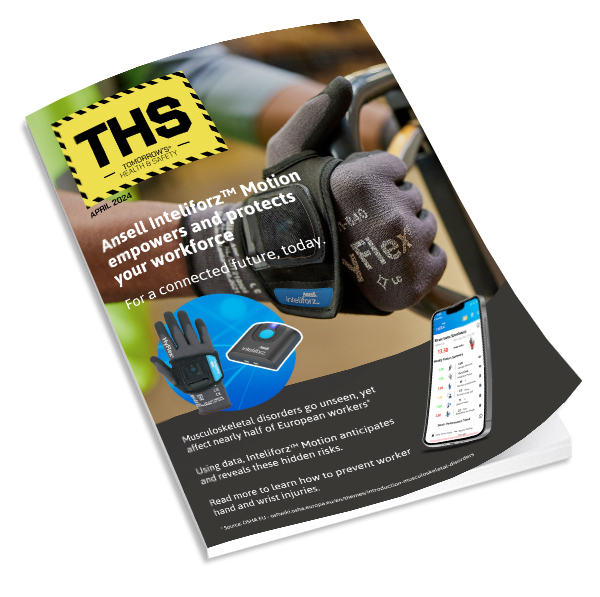The government needs to take action to protect education staff and pupils from asbestos-related illnesses. says Abigail Morrison, Senior Associate Solicitor, JMW Solicitors .
The dangers of asbestos have been widely reported for many years, and its impact on public health ultimately led to all types of the substance being banned from use in the construction of new buildings since 1999. However, what many people do not realise is that asbestos is still present in many residential buildings and workplaces two decades later, leaving the individuals who inhabit those buildings at risk of illness.
Prior to 1999, the substance was regularly used in buildings, with many system-built schools using structural columns that were fire-proofed with asbestos-containing materials.
Recent Freedom of Information (FOI) requests made to schools across Greater Manchester by JMW Solicitors revealed that 380 out of the 652 schools (58%) that responded to the FOI request.
Advice from the Health & Safety Executive (HSE) states that checks need to be taken to assess whether asbestos-containing materials is in ‘good condition’ and whether it is ‘unlikely to be damaged or disturbed’. There is no law against leaving asbestos that currently exists in homes, workplaces and schools if there is no immediate danger to public health and the substance is unlikely to be disturbed. However, the National Education Union (NEU) favours removal and it ‘does not agree that it is preferable to leave asbestos-containing materials in place and seek to manage them’.
According to the NEU, at least 319 school teachers have died from mesothelioma since 1980, with 205 of those fatalities occurring since 2001.
Protecting individuals
Prolonged exposure to asbestos fibres can have a devastating effect on the health and wellbeing of those affected. Although schools built after 2000 will not contain the substance, local authorities have a duty to carry out annual checks on those at risk.
There are several regulations in place for specifically dealing with asbestos to reduce the risks in schools. Risk assessments should be carried out on a regular basis to identify hazards, assess the degree of risk and take steps to remove or reduce those hazards.
If a school contains asbestos, the duty holder - i.e. the person or body who owns, occupies, manages or has the responsibility of the building – must take reasonable steps to determine the location and condition of materials containing asbestos (ACMs). From this point they have to presume that materials contain asbestos unless there is strong evidence that they do not and assess the likelihood of anyone being exposed to fibres from these materials.
It is essential that the duty holder plans out how the risks from the materials are to be managed and takes the necessary steps to put the plan into action. They should keep an up-to-date record of the location and condition of the ACMs and review the plan periodically. Most imperatively, they should provide information on the location and condition of the materials to anyone who is working on or disturbing them.
Regular asbestos surveys should also be carried out in schools to protect staff and pupils against asbestos-related illnesses, unless there is a valid reason for not doing. For example, if a school was built after 2000 then asbestos will not have been used in its construction.
Where potential ACMs are identified, the Health and Safety Executive (HSE) has set out three options to determine the action that should be taken by duty holders. This includes: presuming that all ACMs contain asbestos unless it can be specifically ruled out; establishing the presence of asbestos by sampling it; or concluding that no such materials contain asbestos - only permissible on the basis of strong evidence, such as records of building plans or the age of the building.
























